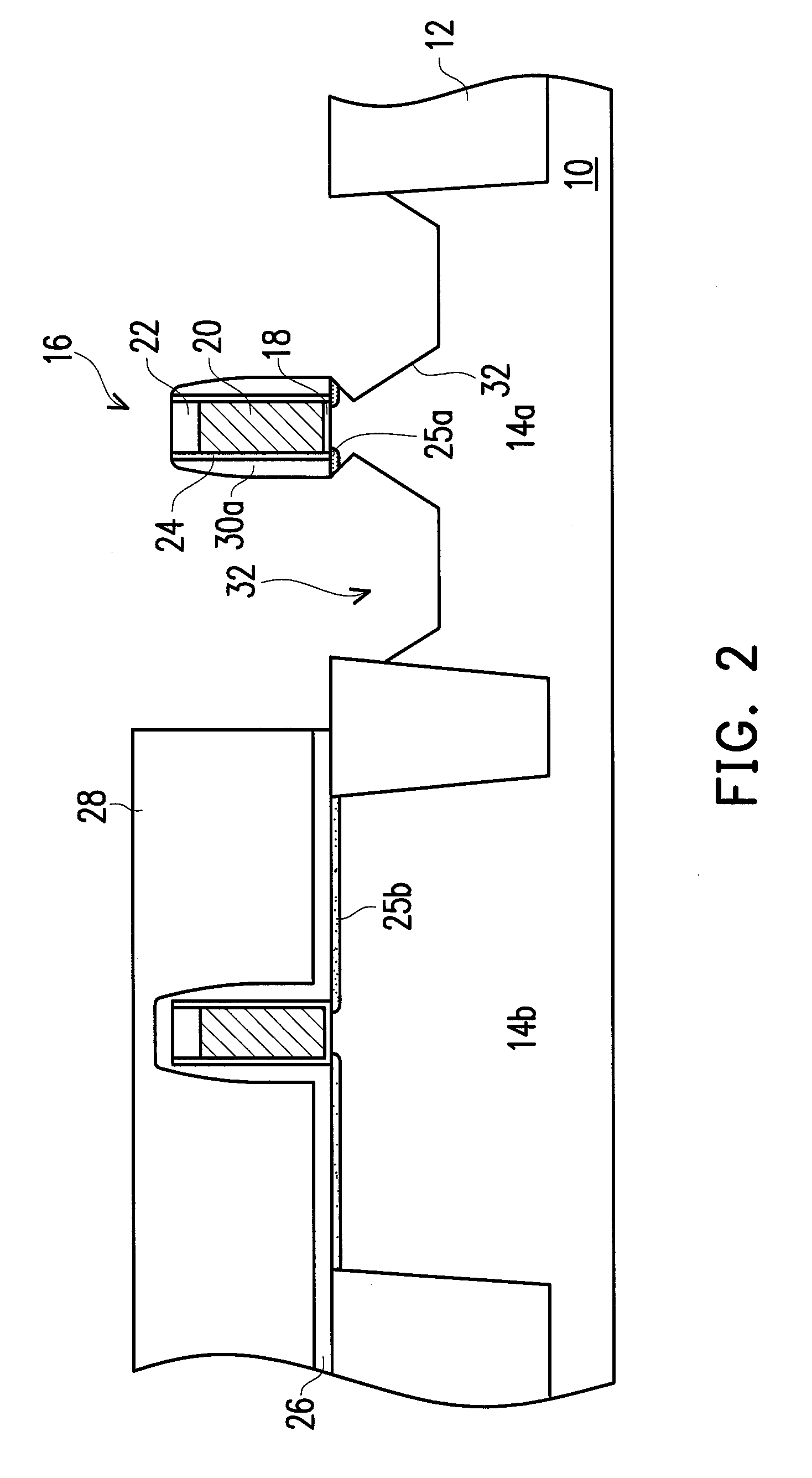Method for fabricating first and second epitaxial cap layers
a technology of epitaxial cap and electrode, which is applied in the direction of semiconductor devices, basic electric elements, electrical appliances, etc., can solve the problems of non-uniform thickness of resultant silicon germanium (sige), mismatches of device performance, etc., to improve device performance mismatches, lessen turn-off currents, and enhance the effect of turn-on currents
- Summary
- Abstract
- Description
- Claims
- Application Information
AI Technical Summary
Benefits of technology
Problems solved by technology
Method used
Image
Examples
Embodiment Construction
[0037]Reference will now be made in detail to the present preferred embodiments of the invention, examples of which are illustrated in the accompanying drawings. Wherever possible, the same reference numbers are used in the drawings and the description to refer to the same or like parts.
[0038]FIGS. 1-7 depict, in a cross-sectional view, a method for fabricating a MOS device according to an embodiment of the present invention.
[0039]Referring to FIG. 1, isolation structures 12 are formed in a substrate 10, so as to define a first active area 14a and a second active area 14b. The material of the substrate 10 includes semiconductor, such as silicon. The material of the isolation structures 12 includes insulating material, such as silicon oxide. The isolation structures 12 are, for example, formed by a shallow trench isolation (STI) method.
[0040]Stack structures are then formed on the first and the second active areas 14a, 14b of the substrate 10, respectively. Each stack structure 16 in...
PUM
| Property | Measurement | Unit |
|---|---|---|
| included angle | aaaaa | aaaaa |
| epitaxial temperature | aaaaa | aaaaa |
| epitaxial temperature | aaaaa | aaaaa |
Abstract
Description
Claims
Application Information
 Login to View More
Login to View More - R&D
- Intellectual Property
- Life Sciences
- Materials
- Tech Scout
- Unparalleled Data Quality
- Higher Quality Content
- 60% Fewer Hallucinations
Browse by: Latest US Patents, China's latest patents, Technical Efficacy Thesaurus, Application Domain, Technology Topic, Popular Technical Reports.
© 2025 PatSnap. All rights reserved.Legal|Privacy policy|Modern Slavery Act Transparency Statement|Sitemap|About US| Contact US: help@patsnap.com



